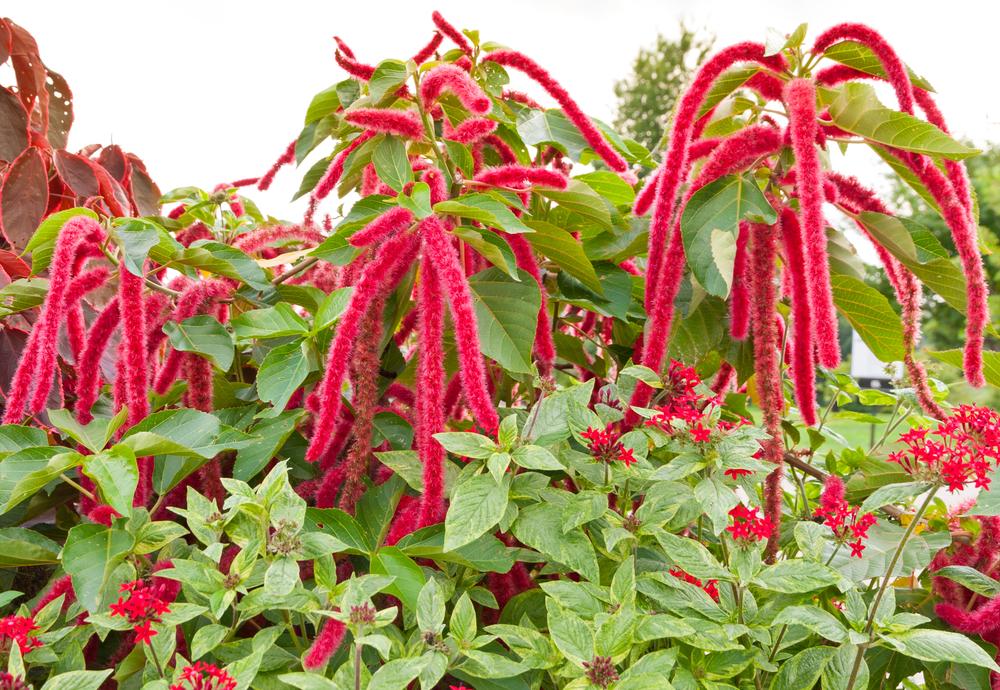The story of amaranth is one of tenacity. The name comes from the Greek word amarantos—meaning “the immortal” or “the never fading”—a reference to a vibrant red flower head which maintains its color even after it’s dried.
Amaranth was once a staple crop of the Toltec, Maya, and other Mesoamerican civilizations. For the Aztecs, this grain-like seed was on par with corn, serving not only as a food, but a religious offering. Large idols made of amaranth and human blood were eaten in a ritual. King Montezuma demanded that 200 thousand bushels of amaranth be delivered to his palace each year.






